DevOps CI/CD Pipeline in Action

There are differences in the most appropriate CI/CD pipelines in different environments, especially the toolchains, but the general process and thinking should be similar.
Background
At the beginning of the project, the architect asked us to design a DevOps CI/CD (Continuous Integration, Continuous Deployment/Delivery) solution to improve productivity.
By taking some best practices into account and combining them with our own situation, we have designed a DevOps CI/CD pipeline which is more general and can balance security, audit, and the ability to take over existing on-premises infrastructure and services.
This solution has been successfully implemented and rolled out to other projects within the company.
What is DevOps
1. The car industry
Everyone knows that most factories already have the automation assembly lines for their products.
It is a well-known fact that the car industry went through an evolution and perfected a highly efficient approach to manufacturing cars. It went from highly custom cars built manually, to automated parts production with manual assembly, then to fully automated assembly lines.
The car industry perfected a very lean manufacturing process. Compare with the car industry, our traditional software development models have already fallen behind a lot.

2. DevOps is a culture
What is DevOps?
Some people may think that DevOps is a set of software and tools which can make development and deployment better.
DevOps is more than that, DevOps is a culture, it’s more about the Team and Organization, DevOps is a collaboration of Dev and Ops. The team should work together to design automation processes about the development, testing and deployment, and fix issues.
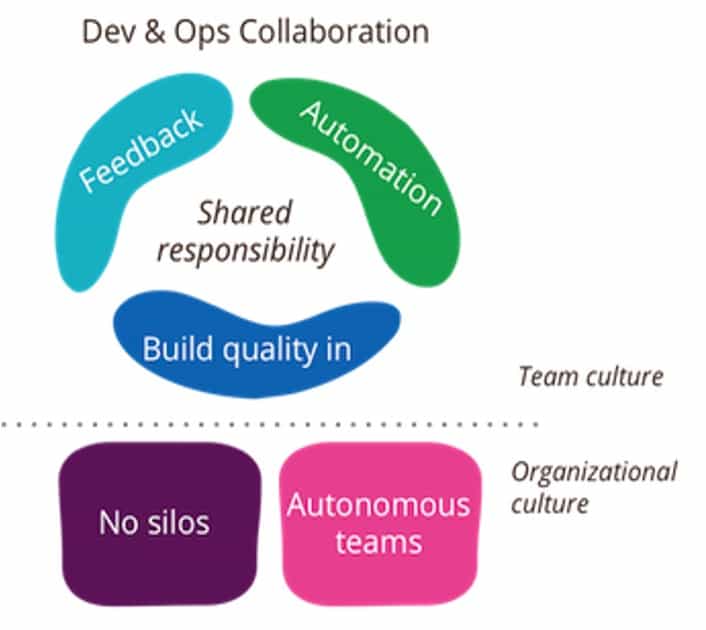
3. DevOps toolchains
The DevOps lifecycle starts with plan, build, continuous integration, and deploy, operate, then feedback and plan again. Around every part of this lifecycle, there are lots of applications and services.
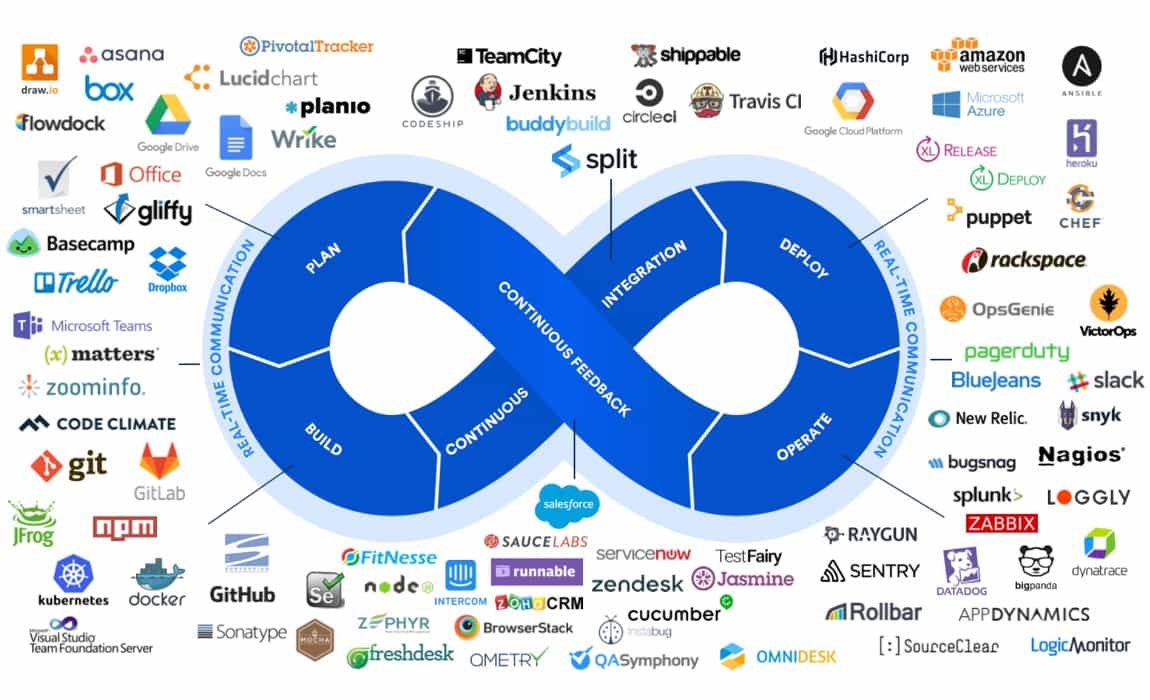
Disadvantages of Traditional Development
1. Seven types of waste for manufacturing
For manufacturing, it‘s very easy to waste time and resources on over production, transport, movement, over processing, waiting, inventory and products defects. Just because most of them still require manual works and no continuous deployment processes.

2. Disadvantages of traditional software development models
For the traditional software development models, there are also some disadvantages.
-
Manual Intervention
Such interventions often lead to non-repeatable procedures and introduce human errors. Manual intervention is also a hindrance to agility especially when it comes to testing and deployment.
-
Inconsistent Environment
Teams often waste days and weeks fixing bugs that are caused by inconsistent environment, wasting resources and time.
-
Restricted Monitoring
They are solely dependent on manual checks performed by developers. This process introduces errors and delays the delivery or rollout time of products.
-
Lack of Shared Ownership
Traditional software development models lack the concept of shared ownership, which creates communication problems in organizations.
DevOps CI/CD Best Practices
1. Lightweight and easy
This is a lightweight and easy CI/CD pipeline solution by GitLab + Docker + Ansible from a fast-growing startup. GitLab is a source code management and also a continuous integration tool, Docker for containers and Ansible for configuration as code.
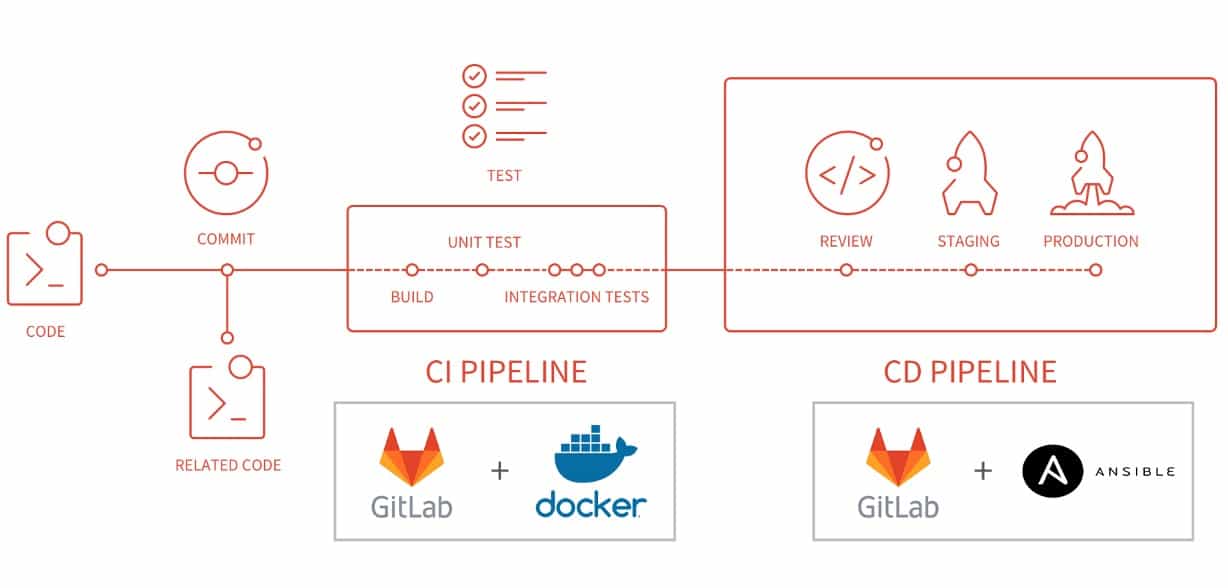
2. All on Kubernetes
In this solution, it suggests building the CI/CD pipeline based on cloud services and Kubernetes. This is a popular solution named “All on Kubernetes” and many internet companies use this solution.
But “All on Kubernetes” requires all applications to be containerized, it is not friendly for complex environments and the traditional software.

3. IBM DevOps architecture
The DevOps solution of IBM suggests using DevOps and Cloud platform to help organizations to accelerate the applications development and delivery lifecycle.
It is a very good architecture to tell all the necessary steps and parts in DevOps. More details on https://www.ibm.com/cloud/architecture/architectures/devOpsArchitecture
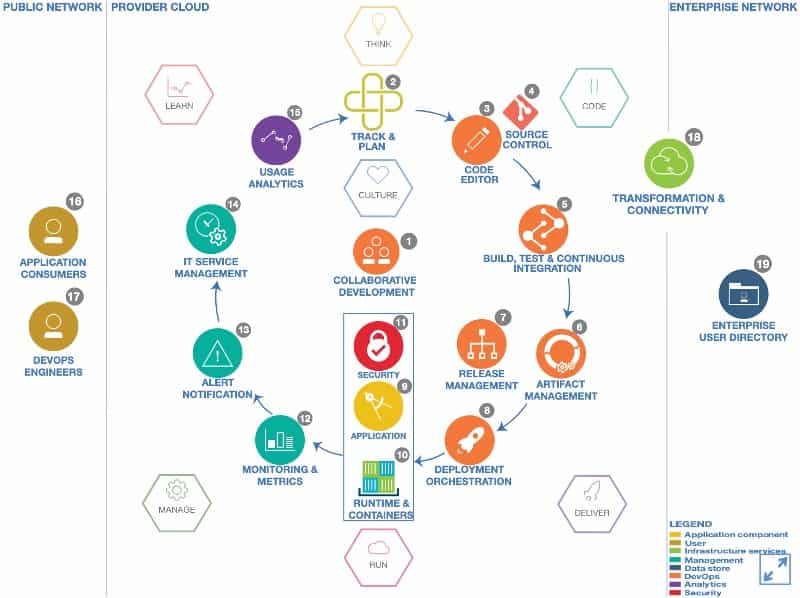
4. End-to-end CI/CD pipeline
This end-to-end delivery pipeline of continuous integration and deployment across leading cloud platforms. In each step, it suggests the popular services and tools, and includes most steps in the IBM DevOps architecture.
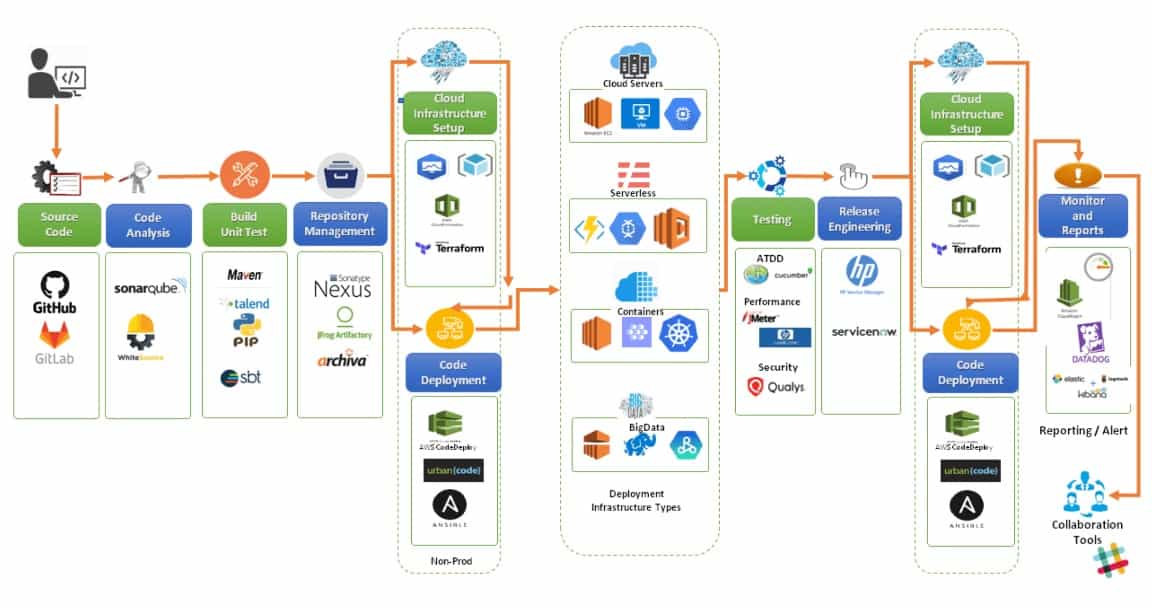
Better DevOps CI/CD for Our Own
1. DevSecOps
What we most concern is security, so we need the DevSecOps, other than DevOps.
The DevSecOps does not have to sacrifice automation processes, it only needs to audit them before changes are implemented.
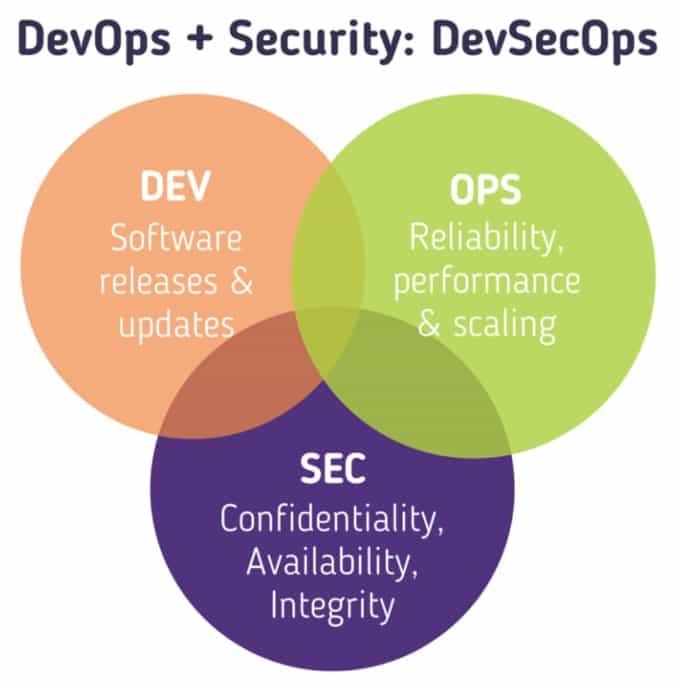
2. Deliver to Test environment
To deliver objects through a secure path to Test environment, this Test environment needs four networks: A, B, C and W.
- A can connect to Data Center and shared services like JIRA, GitLab, and Nexus.
- B can create servers and deploy services.
- C can connect to some trusted official repositories, such as Maven, and the Nexus is integrated with security scan tools such as Symantec and Nessus.
- W can develop software under the security scan and audit.
In this way, we could ensure that all the packages in the test environment are scanned and secure.
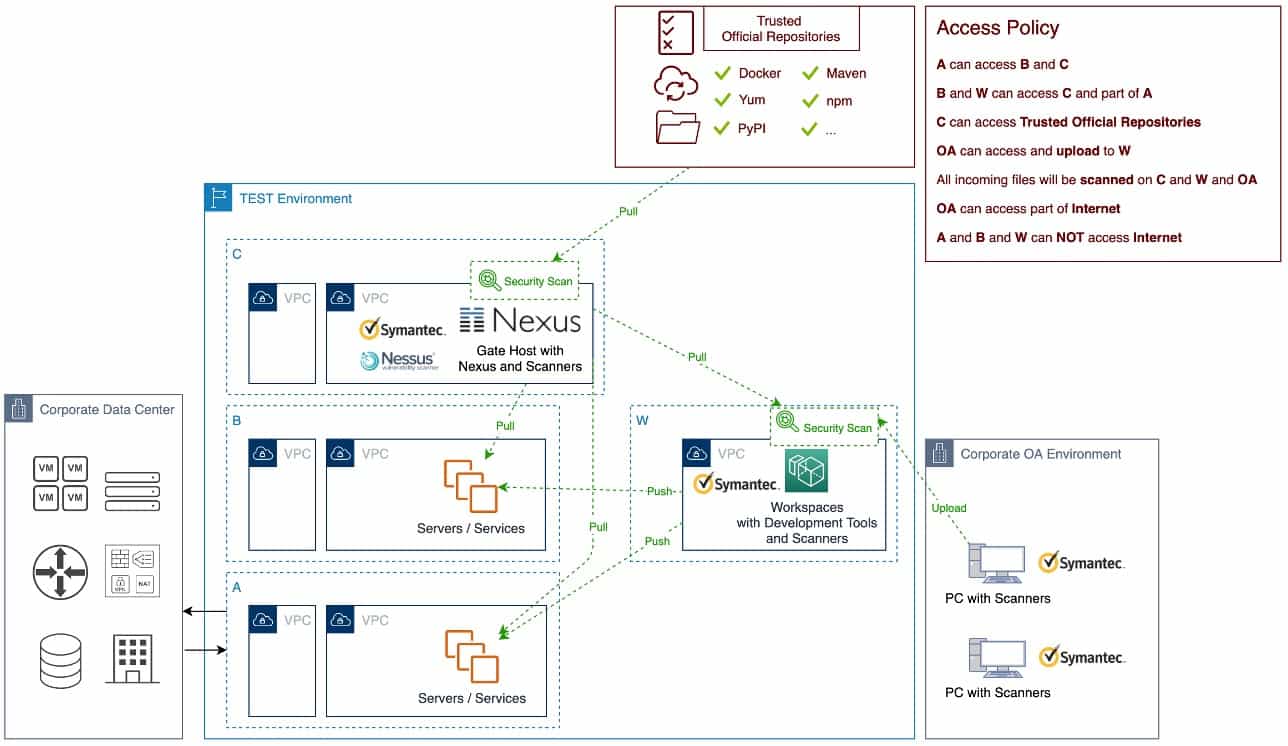
3. Our DevSecOps CI/CD pipeline
This is the End-to-End DevSecOps CI/CD pipeline for our own.
It includes all necessary steps, across three different environments, with the most popular automation tools and Cloud services, including the infrastructure as code and configurations as code, integrates with security tools, with the manually approve function based on the tests and security reports.
It includes the following items:
-
Project Management
Think about a story, document it on Confluence and create tasks on JIRA, integrate JIRA with GitLab.
-
Code Management
Do the Code Review, push the codes to GitLab, and GitLab will automatically trigger the related Jenkins jobs to do the Code Analysis, Build and Unit Test, then deploy the packages to Nexus repository.
-
Artifact Management
Automatically scan the packages in Nexus with Nessus.
-
Infrastructure as Code and Configuration as Code
Check whether the required infrastructure is ready or not, if not ready, create the infrastructure as code automatically, then deploy the packages and configurations to the servers or Kubernetes clusters.
-
Integration Tests and Security Tests
Scan the applications with security tools and test the availability.
-
Audit and Approval
Audit the whole pipeline and wait for the manual review, when the release manager approved, automatically continue to run the deployment and integration tests in staging environment, then wait for another review and approval for the production release.
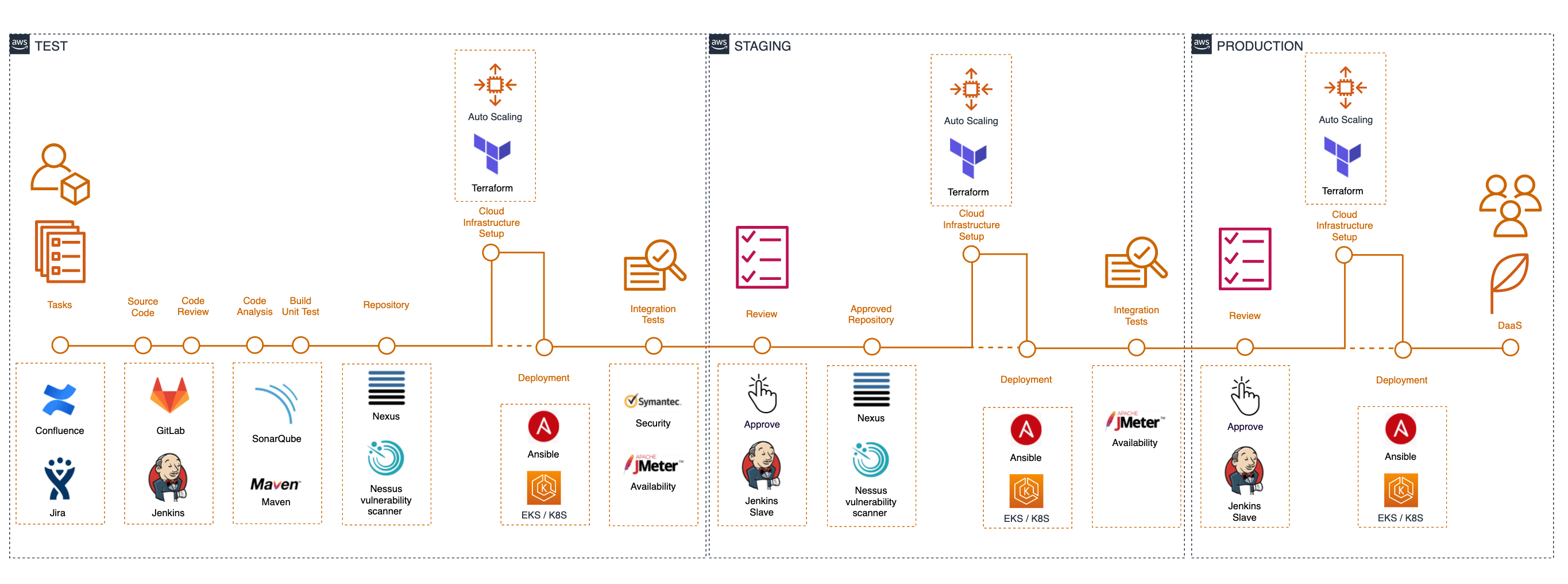
This DevSecOps CI/CD pipeline is more general and can balance security, audit, and the ability to take over existing on-premises infrastructure and services.
For sure, there are differences in the most appropriate CI/CD pipelines in different environments, especially the toolchains, but the general process and thinking should be similar.